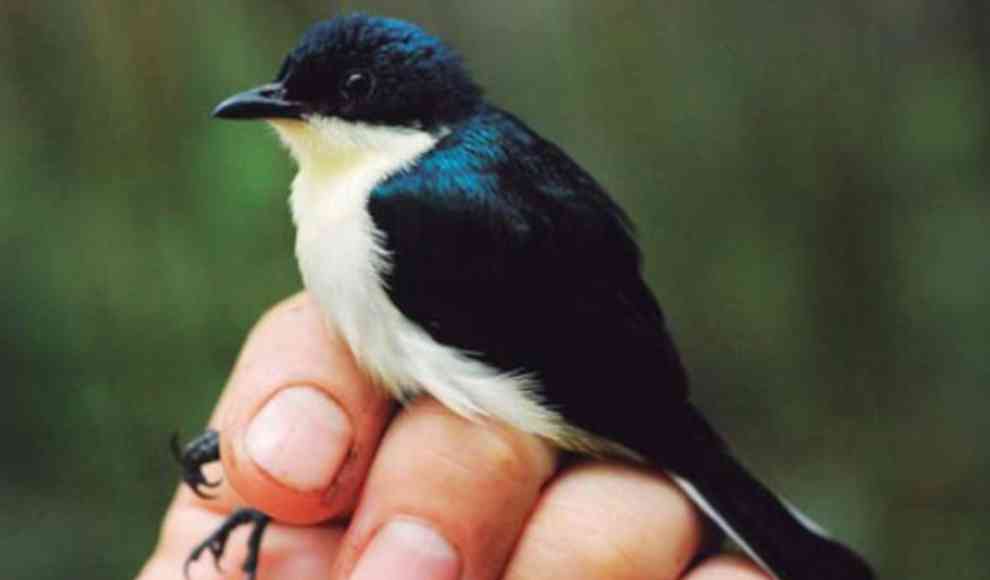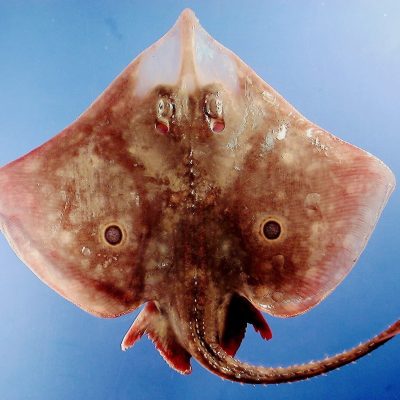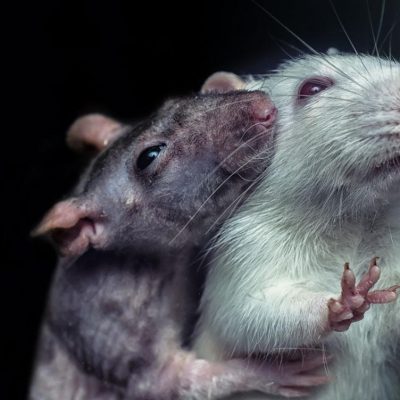In the outer southwest of Papua New Guinea, an international research team has discovered a new bird species, Melanocharis citreola, in the Kumawa Mountains. The bird is only a few centimeters tall, has blue-black feathers, a white, slightly yellowish belly, and is a member of the berry-picker family, which belongs to the songbirds. The bird was caught during an expedition in 2017, and DNA samples were taken, but no one expected to find a completely new species. The detailed genome analysis and subsequent comparison with the genetic material of similar species took four years. The researchers published their findings in the journal Ibis, stating that the discovery of the new bird species shows that Papua New Guinea has already been thoroughly examined for animal species. However, the Kumawa Mountains could be one of the last parts of the earth where new bird species can be found.
Papua New Guinea is the second-largest island in the world after Greenland. While the western part of the island has belonged to Indonesia since 1963, the eastern part is part of the island state of Papua New Guinea. The island is home to the world’s richest coral reefs and the greatest biodiversity outside the Amazon due to its unique landscape with rainforests and high mountains that are difficult to navigate. Despite this, a part of Papua New Guinea is still considered unexplored. The discovery of the new bird species in the Kumawa Mountains is significant because it is only the second animal species found in the area in the last 80 years. The researchers believe that the Kumawa Mountains could be one of the last places on earth where new bird species can be discovered.
Currently, there are around 11,000 known bird species, but some studies suggest that there may be twice as many species. With genetic analysis, it is possible to differentiate between species based on their genetic material rather than their appearance and behavior. This could lead to the discovery of new species in the coming years. However, there are also 158 known species that have become extinct, and it is likely that thousands of animal species have died out due to human environmental influences before they were even discovered. The discovery of the new bird species in Papua New Guinea highlights the importance of preserving the earth’s biodiversity and the need for continued research to understand and protect it.










